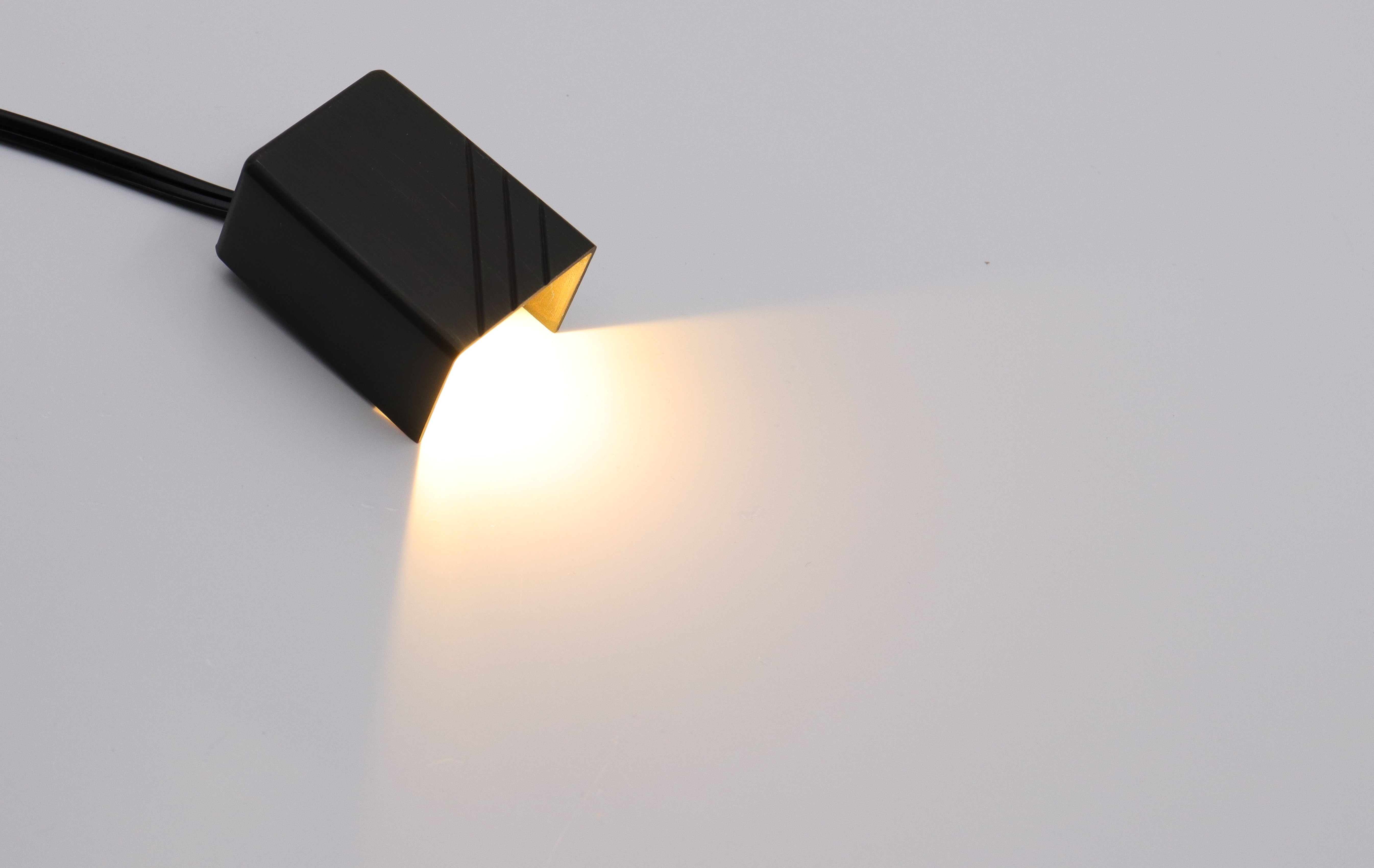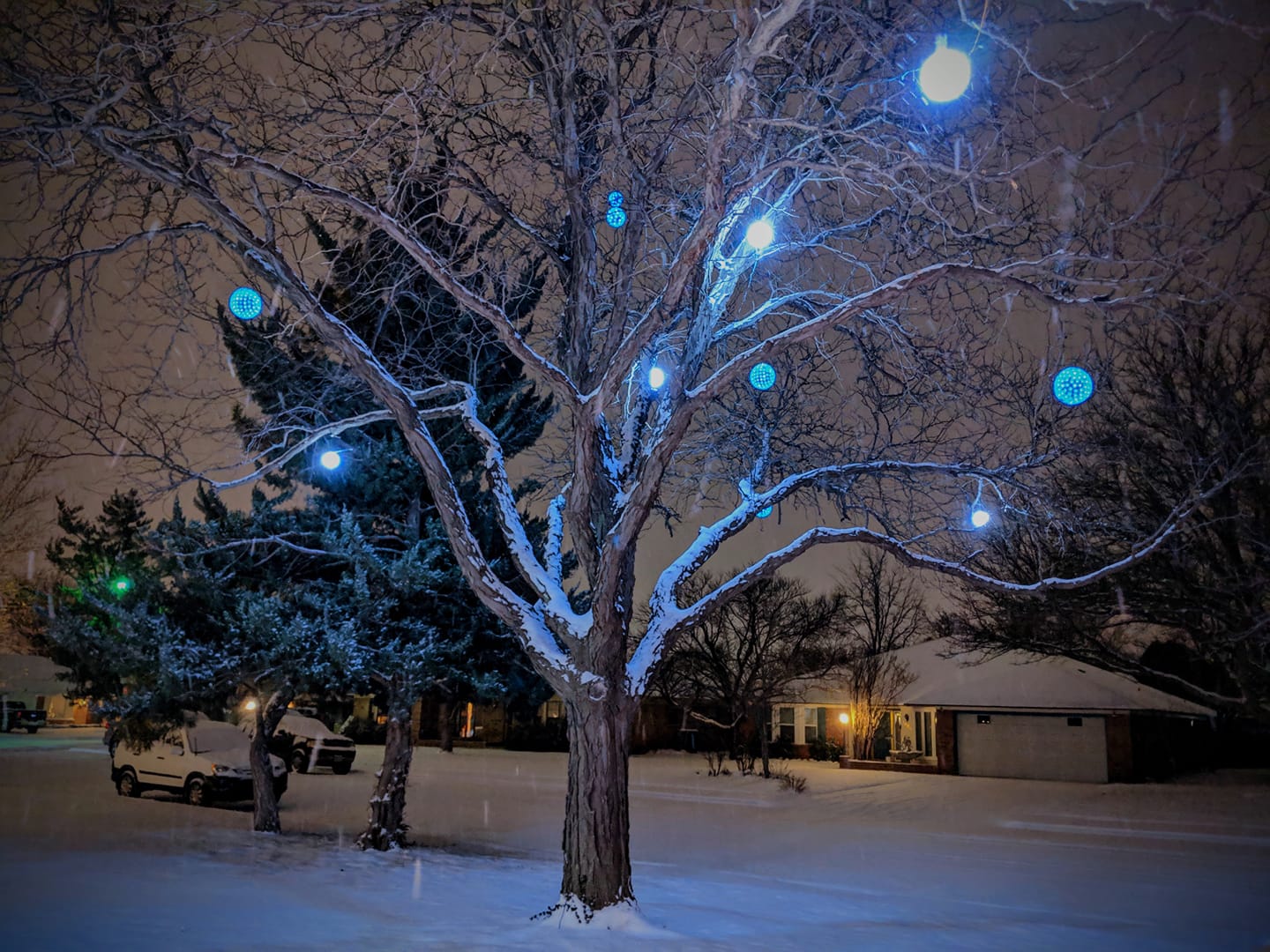LED, or Light Emitting Diode, landscape lighting is favored for its energy efficiency and longevity. Unlike traditional lighting, LEDs consume less power and can last for many years, reducing long-term maintenance and replacement costs. But how much is Led landscape lighting?
What Contributes to Cost of LED Landscape Lighting
Type of LED Fixtures
The variety of LED fixtures available to consumers is vast, covering everything from the basic spotlight meant to highlight garden features to sophisticated underwater lights designed for pools and water features. Path lights guide footsteps safely, while flood lights can brighten large areas for security and aesthetic purposes. The investment in high-quality, durable fixtures often translates into longer lifespan and superior illumination, albeit with a higher upfront cost. The decision between opting for standard models or investing in premium options impacts not only the initial expenditure but also the long-term satisfaction and functionality of the lighting system.
For instance, while a basic LED spotlight might cost around $30, a premium, feature-rich version could cost upwards of $100.
Quantity and Quality of Fixtures
The scope of the landscape area in question significantly influences the number of fixtures required, directly affecting the overall budget. A sprawling garden demands more lights compared to a modest backyard, inherently increasing the expense. However, it's not just the quantity that matters; the quality of these fixtures is equally pivotal. High-quality LEDs, characterized by their robust construction and enhanced warranties, invariably carry higher price tags but also promise reduced maintenance and replacement costs in the long run. For example, equipping a small garden with basic LED lights might cost under $1,000, while outfitting a larger space with top-tier fixtures could easily exceed $5,000.
Installation Complexity
Simple installations in straightforward landscapes might only require minimal labor and can often be undertaken by the homeowner. In contrast, complex designs integrating various lighting types across different landscape levels necessitate professional installation, involving detailed planning, wiring, and safety considerations. For homeowners looking to create a stunning and efficient landscape lighting system, referring to a comprehensive guide like the 2024 Ultimate Guide to Designing a Landscape Lighting System for Home can be immensely helpful. The professional installation can significantly elevate the project's cost, especially in intricate settings or when specialized equipment is needed. Installation costs typically range from $50 to $100 per fixture, but this can escalate depending on the project's complexity and geographic location.
Additional Features
The LED landscape lighting has introduced many additional features that enhance usability and aesthetic appeal. Timers allow homeowners to automate lighting, providing convenience and energy savings. Dimmers offer the ability to adjust brightness, catering to different moods and occasions, while color-changing capabilities can transform an outdoor space with vibrant hues or subtle accents. These features are particularly useful for those looking to keep their outdoor parties going all night long, as they can create the perfect ambiance for any gathering. These advanced features, while enriching the user experience, also add to the overall investment required for the lighting system. Integrating these technologies can increase the project cost by several hundred dollars, depending on the chosen systems' sophistication and range.

So, How Much Does Led Landscape Lighting Cost?
For a basic setup using lower-cost fixtures and minimal professional assistance, homeowners might spend between $1,000 and $2,500. However, for a comprehensive lighting system featuring high-quality fixtures, professional design, and installation, costs can escalate to between $5,000 and $20,000 or more.
And, How Led Landscape Lighting Compare to Other Types in Cost
Comparison of Initial Costs
When initially purchasing landscape lighting, homeowners face varying costs depending on the type of lighting they choose. LED fixtures are on the higher end of the spectrum, with prices ranging from $20 to $200 or more per unit, reflecting their advanced technology and energy efficiency. In contrast, incandescent lighting, an older technology, typically costs between $10 and $50 per fixture, making it the most budget-friendly option upfront. Halogen lights, offering a middle ground, are priced from $15 to $100 each, providing brighter illumination at a cost. Solar lighting, while avoiding wiring costs, ranges from $20 to $150 per fixture, with the added benefit of zero energy bills but varying performance based on sunlight exposure.
Long-Term Costs and Energy Efficiency
The long-term financial impact of landscape lighting is significantly influenced by energy efficiency and operating costs. LEDs stand out for their low energy consumption, using up to 75% less energy than incandescent bulbs. This translates into considerable savings on electricity bills over time. For instance, over a decade of use at eight hours per night, LED lighting can save around $200 in energy costs compared to incandescent lights. Meanwhile, halogen and incandescent lights incur higher operating costs due to their higher energy consumption and shorter lifespans, necessitating more frequent bulb replacements and contributing to increased long-term expenses.
Maintenance and Replacement Costs
Maintenance and replacement are crucial factors affecting the overall cost-effectiveness of landscape lighting. LED lights, with lifespans ranging from 30,000 to 50,000 hours, offer significant savings on maintenance and replacement costs over time despite their higher initial price. On the other hand, incandescent and halogen lights, with much shorter lifespans of 1,000 to 2,000 hours, require more frequent replacements, increasing long-term costs. Solar lights eliminate direct energy costs but may face performance degradation and the need for battery or LED replacements, which can add up, particularly in less sunny climates.
In summary, while LED landscape lighting presents a higher initial cost compared to incandescent, halogen, or solar options, its superior energy efficiency, longer lifespan, and lower maintenance requirements often lead to greater savings in the long run.
Cost-Saving Tips for LED Landscape Lighting
-
Start Small
Homeowners can mitigate financial strain by initially focusing on key areas that require lighting for safety, or that would benefit most from aesthetic enhancement. This could mean starting with path lights to ensure safe navigation around the property or spotlighting a central feature like a tree or sculpture. This approach allows for spreading the financial outlay over time, evaluating the impact of each addition, and making informed decisions about where further lighting is truly needed. As the budget allows, additional fixtures can be integrated, gradually building up to the desired comprehensive system. -
Choose Standard Fixtures
While the allure of premium fixtures with advanced features and superior materials is undeniable, standard fixtures can still offer a commendable balance between cost and performance. These fixtures typically provide adequate lighting and durability for a fraction of the cost of high-end models. By selecting standard fixtures, homeowners can still achieve a significant improvement in their outdoor lighting while keeping initial expenses low. Over time, if desired, these can be replaced or complemented with more sophisticated options as the budget permits. -
DIY
For those who possess a basic understanding of electrical systems, opting to install the lighting themselves can result in considerable savings on labor costs. It's important, however, to proceed with caution; outdoor lighting installation involves working with electricity and requires adherence to safety standards and local building codes. When planning a DIY landscape lighting project, homeowners must decide between line voltage and low voltage lighting systems, each with its own advantages and installation requirements. Homeowners choosing this route should conduct thorough research, follow manufacturer instructions carefully, and possibly consult with a professional electrician for guidance. This approach is not for everyone, but for the adept, it can significantly reduce the overall cost of the project.






Leave a comment
All comments are moderated before being published.
This site is protected by hCaptcha and the hCaptcha Privacy Policy and Terms of Service apply.